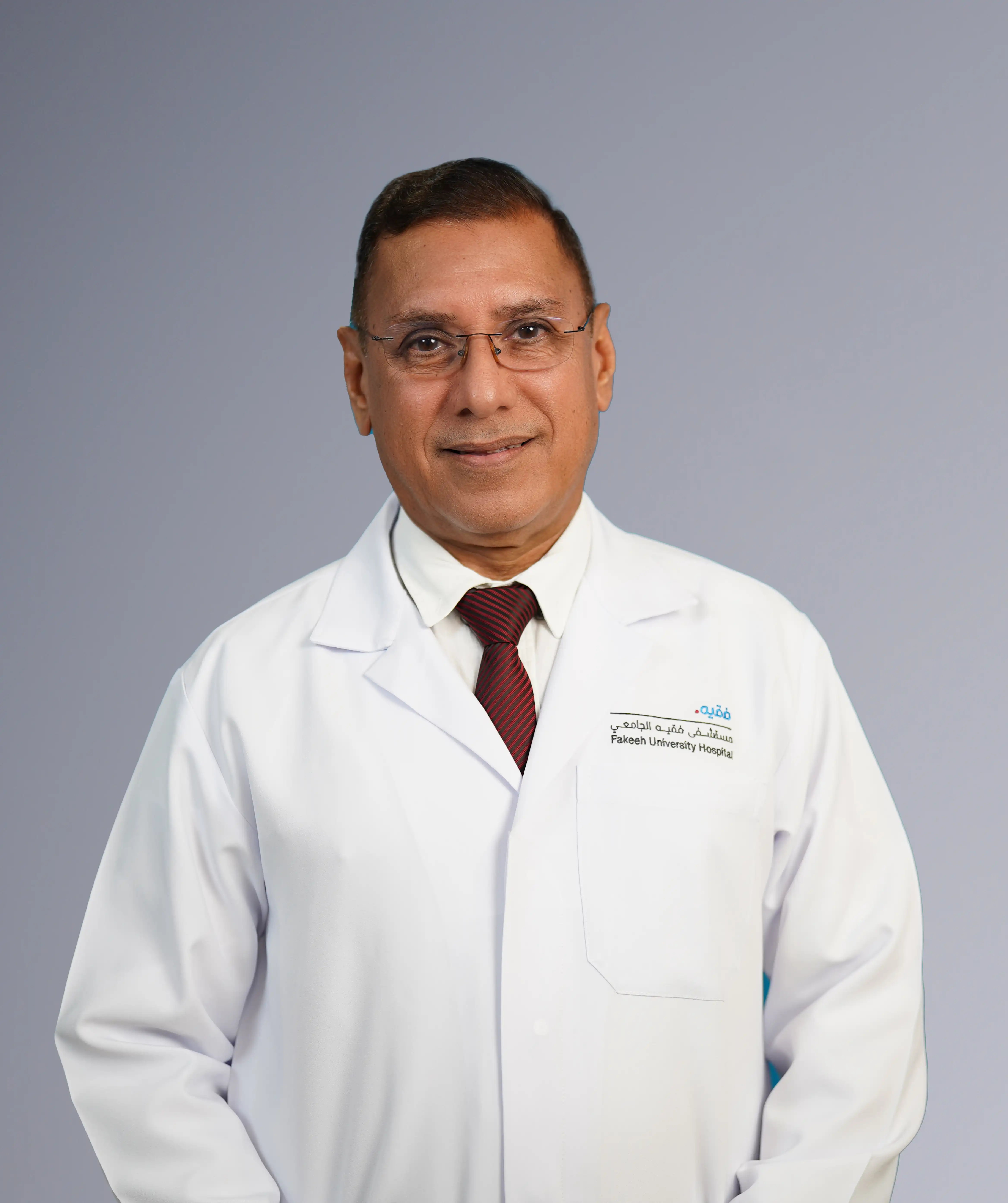
Varicose veins, those twisted, bulging blue or purple lines often visible on the legs, are more than just a cosmetic concern. While many people view them simply as an aesthetic issue, they can cause significant discomfort, pain, and, if left untreated, lead to more serious health complications. With Dubai's dynamic lifestyle and often warm climate, venous health is a pertinent topic. Understanding the underlying causes of varicose veins, recognizing their symptoms, and knowing the latest, highly effective treatment options available in a city renowned for its advanced medical facilities is crucial for maintaining leg health and overall well-being. This guide will provide a thorough overview of varicose veins and the modern approaches to their treatment, empowering you to seek timely and appropriate care.
Varicose veins are enlarged, swollen, and twisted veins that commonly appear just under the surface of the skin, most frequently in the legs and feet. They occur when the small, one-way valves inside the veins become weak or damaged. These valves are designed to prevent blood from flowing backward as it travels upwards towards the heart, working against gravity.
When the valves don't function properly (a condition known as venous insufficiency or venous reflux), blood can pool in the veins, causing them to stretch, enlarge, and become visibly twisted and bulging. While any superficial vein can become a varicose vein, they are most prevalent in the legs due to the increased pressure exerted on the leg veins when standing and walking.

While all varicose veins result from faulty valves, they can appear differently:
The symptoms of varicose veins can range from purely cosmetic to significant discomfort and pain. Some individuals may have visible varicose veins with no physical symptoms, while others experience considerable pain and other issues.
The primary cause of varicose veins is weakened or damaged valves in the veins, leading to blood pooling. Several factors can increase the risk of developing these problematic veins:
1. Laser Vein Treatment
Laser vein treatment is one of the most popular and effective treatments for varicose veins. It involves using laser energy to close off the affected veins, forcing the blood to reroute through healthier veins. This minimally invasive procedure is typically performed on an outpatient basis.
2. Sclerotherapy
Sclerotherapy is a procedure where a solution is injected into the affected veins, causing them to scar and close. This is a simple and effective treatment, especially for smaller varicose veins and spider veins.
3. Endovenous Ablation Therapy (EVLT)
EVLT uses radiofrequency or laser energy to seal off the damaged veins. A catheter is inserted into the vein, and energy is applied to the vein walls, causing them to collapse and close. Over time, the body absorbs the closed vein, and blood is redirected to healthier veins.
4. Vein Stripping
For more severe cases, vein stripping may be recommended. This surgical procedure involves removing large varicose veins through small incisions. While effective, this method is now less commonly used thanks to the development of minimally invasive treatments.
While not all cases of varicose veins can be prevented, certain lifestyle changes can reduce your risk:
If you are experiencing symptoms of varicose veins or are concerned about their appearance, seeking expert medical advice is essential. At Fakeeh University Hospital in Dubai, we are dedicated to providing advanced, patient-centered care for all types of venous conditions.
Our specialized Vascular Surgery and Interventional Radiology departments are equipped with state-of-the-art diagnostic tools, including advanced ultrasound, and offer the full spectrum of modern, minimally invasive varicose veins treatment options. Our highly experienced vascular specialists are skilled in procedures. We focus on accurate diagnosis, personalized treatment plans, and ensuring minimal discomfort and rapid recovery, allowing you to return to your daily activities quickly. Our comprehensive approach extends to post-procedure care and lifestyle counseling to prevent recurrence and promote long-term venous health.
Don't let varicose veins cause you pain or self-consciousness any longer. Discover the advanced treatment options available to restore the health and appearance of your legs
Watch Dr. Mohammed Raafat, Consultant – Vascular Surgery, explains what varicose veins are, what causes them, and the effective treatment options available at Fakeeh University Hospital.
1. What are varicose veins?
Varicose veins are swollen, twisted veins that typically appear just under the surface of the skin, often on the legs. They occur when the valves in the veins do not work properly, causing blood to pool and the veins to enlarge.
2. What causes varicose veins?
Weakened or damaged vein valves are the cause of varicose veins... Varicose veins can occur as a result of a number of factors, including age, gender, genetics, obesity, and extended standing or sitting. Hormonal changes during pregnancy or menopause can also contribute.
3. When should you worry about varicose veins?
Even though varicose veins are frequently a cosmetic concern, you should consult a doctor if you have any discomfort, swelling, heaviness in your legs, or discolouration of the skin.
4. Does running make varicose veins worse?
Varicose veins usually do not get worse when you run. Running is one type of regular exercise that can help improve blood circulation and lower the risk of varicose veins. However, if you experience discomfort while running, you should consult a doctor for personalized advice.
6. How do you know if you have varicose veins?
Varicose veins are usually visible on the surface of the skin and appear as swollen, twisted, or bulging veins, often in the legs. You may also experience symptoms such as aching, heaviness, swelling, or cramping in the affected area.
7. How can you prevent varicose veins in your legs?
Maintaining a healthy lifestyle that includes regular exercise, eating a balanced diet, avoiding prolonged standing or sitting, and elevating your legs when you rest will help prevent varicose veins in your legs.
%252520(1).avif)

